Radiation renders Japanese fish unsafe? From YouTube. Short (1:39)
Radiation And Jet Stream Forecast Monitoring Sites From Rense.
Tiny amounts of radiation from Japan reach Nev. Note the down-play.. Excerpts:
..Hartwell said he's certain the isotopes came from Japan because they're not usually detected in Nevada. But he said the readings were far below levels that could pose any health risks.
..
California, Colorado, Hawaii and Washington have also reported tiny amounts of radiation from the Japan accident. Officials have said those levels also are not harmful.
..
Nevada health officials have said they do not expect any risk to the state from Japanese radiation releases because of the distance the materials would have to travel.
"Any material released must travel 10,000 miles across the Pacific Ocean, during which time it will be dispersed and diluted in the atmosphere to levels that might eventually be detectable, but which will not present a health hazard nor require any protective actions," said Eric Matus, radiation physicist for the Nevada State Health Division.
These readings and explanations would be better accepted as valid, provided the event was fully contained, and these were the final readings. They Are Not. When you read these stories, keep in mind, this situation is: 1. An Ongoing Event. 2. Increasing in Size, Scope, and Intensity. 3. Deteriorating. 600 people standing between us and ELE have been working nonstop in a highly radioactive situation. They won't live much longer. Soon, the ratio of People Averting Disaster to Disaster will be changing drastically, towards Disaster's favor.
Globally, Japan is fucking downwind from North America. When the readings continue to increase, and the effects become clearer, what will officialdom say six, ten, twenty four months from now?
Japan has short and long term impact From icis.com. Excerpts:
..quite apart from the impact detailed above to global supply chains as key manufacturers and component suppliers are knocked out, it is also having some unexpected short-term and possible long-term effects.
One immediate impact is that the country is now sucking in imports of polyethylene (PE) and polypropylene (PP) as local production shutdowns hit supplies. Demand is primarily for linear low density polyethylene (LLDPE) used mainly for food packaging, as well as commodity PP in the automotive sector.
Expect to see more unexpected shortages as supply chains and components dry up, spread, and manifest throughout the global markets. Knocking the world's third largest economy off its foundations will be globally felt, quickly, and comprehensively. These anomalous-looking shortage events are just the beginning of the spike.
Ships steer clear of Japan's biggest ports From the Brisbane Times. Excerpts:
THE economic disruptions from Japan's crisis have cascaded into another crucial link in the global supply chain, cargo shipping.
Fearing the potential impact on crews, cargo and vessels worth tens of millions of dollars, some of the world's biggest container shipping lines have restricted or barred their ships from calling on ports in Tokyo Bay because of concerns about radiation from the damaged Fukushima nuclear power plant.
And:
Big Japanese ports much farther south of Tokyo, like Osaka and Kobe, are still loading and unloading cargo. But the Tokyo Bay ports of Tokyo and Yokohama are normally Japan's two busiest, representing as much as 40 per cent of the nation's foreign container cargo. If other shipping companies join those already avoiding the Tokyo area, as radiation contamination spreads from Fukushima 225 kilometres north, the delays in getting goods in and out of Japan would only get worse.
The shipping industry's fears have escalated since port officials in Xiamen in China detected radiation on a large container ship belonging to Mitsui OSK Lines last week. The vessel, which is under quarantine, had sailed down Japan's north-eastern coast and reportedly came no closer than 130 kilometres to the damaged nuclear plant.
Official gag does little to help clarify nuclear debate From The Nation/Thailand.
When the quake and tsunami hit Japan, the spillover effects were thought to be economic ones, stemming from Japan's need for funding to rebuild the disaster-hit areas.
No one thought about the spillover effect from nuclear power, particularly the energy authorities in Thailand.
..
The incident in Japan raises the question of how can developing countries deal with a crisis of this proportion, when the country with the best security measures is facing great difficulties. Nearly two weeks after the quake, the reactors in Fukushima remain in a precarious state with the likelihood that reactor No 3 could suffer a meltdown.
Elevated radiation found in rainwater From Boston.com. Excerpts:
Low levels of radioactive iodine linked to the nuclear disaster in Japan were detected in a sample of rainwater in Massachusetts, state health officials announced yesterday.
The concentration of radioiodine-131 found in the sample is very low and did not affect the health of the state’s drinking-water supplies, said John Auerbach, commissioner of the Department of Public Health. (Again; At the moment/Right now)
The rain sample was taken during the past week in Boston as part of regular monitoring by the US Environmental Protection Agency. No detectable increases in radiation were discovered in the air that was tested in the same location where the rainwater was collected, Auerbach said at a press conference yesterday at the William A. Hinton State Laboratory Institute in Jamaica Plain.
Comparing Japan's Radiation Release to "Background Radiation" Good stuff frrom Washington's Blog. Excerpts:
Apologists for the type of old, unsafe nuclear reactors which are leaking in Japan argue that the amount of radiation released from Fukushima is small compared to the amount of "background radiation".
There Are NO Background Levels of Radioactive Caesium or Iodine.
Radiation And Jet Stream Forecast Monitoring Sites From Rense.
Tiny amounts of radiation from Japan reach Nev. Note the down-play.. Excerpts:
..Hartwell said he's certain the isotopes came from Japan because they're not usually detected in Nevada. But he said the readings were far below levels that could pose any health risks.
..
California, Colorado, Hawaii and Washington have also reported tiny amounts of radiation from the Japan accident. Officials have said those levels also are not harmful.
..
Nevada health officials have said they do not expect any risk to the state from Japanese radiation releases because of the distance the materials would have to travel.
"Any material released must travel 10,000 miles across the Pacific Ocean, during which time it will be dispersed and diluted in the atmosphere to levels that might eventually be detectable, but which will not present a health hazard nor require any protective actions," said Eric Matus, radiation physicist for the Nevada State Health Division.
These readings and explanations would be better accepted as valid, provided the event was fully contained, and these were the final readings. They Are Not. When you read these stories, keep in mind, this situation is: 1. An Ongoing Event. 2. Increasing in Size, Scope, and Intensity. 3. Deteriorating. 600 people standing between us and ELE have been working nonstop in a highly radioactive situation. They won't live much longer. Soon, the ratio of People Averting Disaster to Disaster will be changing drastically, towards Disaster's favor.
Globally, Japan is fucking downwind from North America. When the readings continue to increase, and the effects become clearer, what will officialdom say six, ten, twenty four months from now?
Japan has short and long term impact From icis.com. Excerpts:
..quite apart from the impact detailed above to global supply chains as key manufacturers and component suppliers are knocked out, it is also having some unexpected short-term and possible long-term effects.
One immediate impact is that the country is now sucking in imports of polyethylene (PE) and polypropylene (PP) as local production shutdowns hit supplies. Demand is primarily for linear low density polyethylene (LLDPE) used mainly for food packaging, as well as commodity PP in the automotive sector.
Expect to see more unexpected shortages as supply chains and components dry up, spread, and manifest throughout the global markets. Knocking the world's third largest economy off its foundations will be globally felt, quickly, and comprehensively. These anomalous-looking shortage events are just the beginning of the spike.
Ships steer clear of Japan's biggest ports From the Brisbane Times. Excerpts:
THE economic disruptions from Japan's crisis have cascaded into another crucial link in the global supply chain, cargo shipping.
Fearing the potential impact on crews, cargo and vessels worth tens of millions of dollars, some of the world's biggest container shipping lines have restricted or barred their ships from calling on ports in Tokyo Bay because of concerns about radiation from the damaged Fukushima nuclear power plant.
And:
Big Japanese ports much farther south of Tokyo, like Osaka and Kobe, are still loading and unloading cargo. But the Tokyo Bay ports of Tokyo and Yokohama are normally Japan's two busiest, representing as much as 40 per cent of the nation's foreign container cargo. If other shipping companies join those already avoiding the Tokyo area, as radiation contamination spreads from Fukushima 225 kilometres north, the delays in getting goods in and out of Japan would only get worse.
The shipping industry's fears have escalated since port officials in Xiamen in China detected radiation on a large container ship belonging to Mitsui OSK Lines last week. The vessel, which is under quarantine, had sailed down Japan's north-eastern coast and reportedly came no closer than 130 kilometres to the damaged nuclear plant.
Official gag does little to help clarify nuclear debate From The Nation/Thailand.
When the quake and tsunami hit Japan, the spillover effects were thought to be economic ones, stemming from Japan's need for funding to rebuild the disaster-hit areas.
No one thought about the spillover effect from nuclear power, particularly the energy authorities in Thailand.
..
The incident in Japan raises the question of how can developing countries deal with a crisis of this proportion, when the country with the best security measures is facing great difficulties. Nearly two weeks after the quake, the reactors in Fukushima remain in a precarious state with the likelihood that reactor No 3 could suffer a meltdown.
Elevated radiation found in rainwater From Boston.com. Excerpts:
Low levels of radioactive iodine linked to the nuclear disaster in Japan were detected in a sample of rainwater in Massachusetts, state health officials announced yesterday.
The concentration of radioiodine-131 found in the sample is very low and did not affect the health of the state’s drinking-water supplies, said John Auerbach, commissioner of the Department of Public Health. (Again; At the moment/Right now)
The rain sample was taken during the past week in Boston as part of regular monitoring by the US Environmental Protection Agency. No detectable increases in radiation were discovered in the air that was tested in the same location where the rainwater was collected, Auerbach said at a press conference yesterday at the William A. Hinton State Laboratory Institute in Jamaica Plain.
Comparing Japan's Radiation Release to "Background Radiation" Good stuff frrom Washington's Blog. Excerpts:
Apologists for the type of old, unsafe nuclear reactors which are leaking in Japan argue that the amount of radiation released from Fukushima is small compared to the amount of "background radiation".
There Are NO Background Levels of Radioactive Caesium or Iodine.










































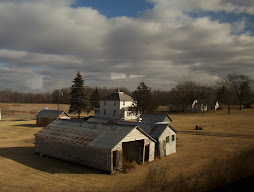




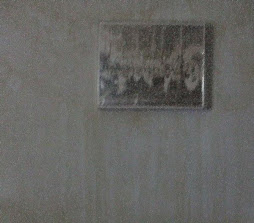






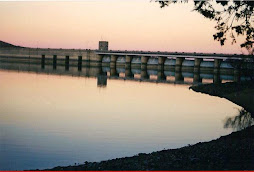
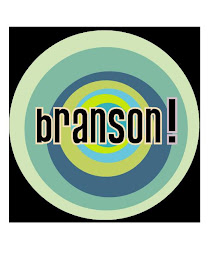






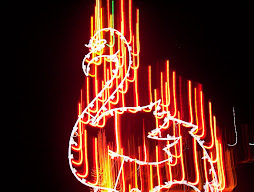




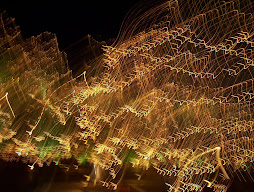

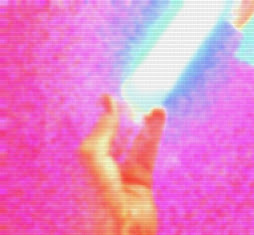

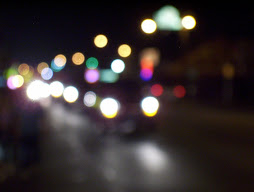







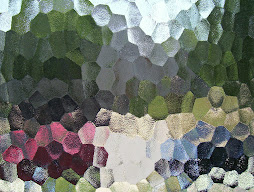
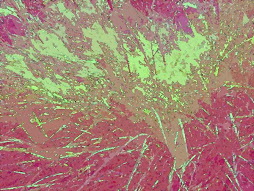
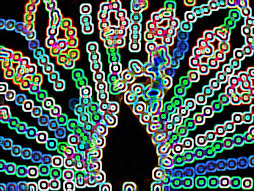









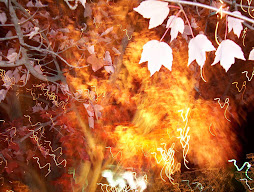


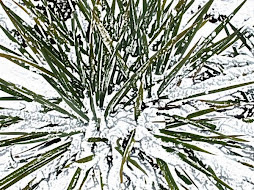






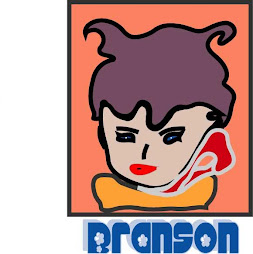



No comments:
Post a Comment